
If you’ve ever wanted to enjoy the punchy, addictive flavors of kimchi without all the fermenting, waiting, and… “Is this supposed to smell like that?” moments, this recipe is for you.
Introducing your new favorite flavor bomb: Kimchi-Style Sautéed Cabbage, a quick to whip up, beginner-friendly, and the perfect spicy-savory side to add to bowls, wraps, or protein-packed meals throughout your week. This one-pan wonder uses green cabbage, a quick homemade gochujang-based sauce, and just a few pantry staples to create a deliciously bold dish in under 15 minutes. You’ll get that kimchi zing without the fuss.
This post may contain affiliate links. Please see our privacy policy for details.

- Fast & Easy: It takes less than 15 minutes start to finish (yes, really!).
- Beginner-Friendly: Simple steps, no fermentation, and no fancy tools required.
- Gut-Friendly: Cabbage is high in fiber, which supports digestion.
- Flavor-Packed: The gochujang sauce delivers umami, spice, and tang in one punch.
- Versatile: Serve it with rice, noodles, grilled chicken, tofu, or in wraps!
- Meal-Prep Approved: Keeps well in the fridge for up to 4 days.
- Low Calorie, Big Flavor: It’s satisfying without being heavy.
Ingredient Breakdown:
- Green Cabbage (cut into 1-inch strips: Cabbage is the star of this dish. It’s hearty, affordable, and has a natural sweetness that comes out when sautéed. Its crisp texture holds up well during cooking, making it ideal for a stir-fry. When lightly browned, cabbage develops a slightly caramelized flavor that pairs beautifully with bold sauces.
- Tablespoon Olive Oil: Olive oil helps soften and brown the cabbage, providing a base for sautéing. It also carries the flavors of the sauce and helps everything blend smoothly. Olive oil is a heart-healthy fat, making this dish both flavorful and nourishing.
- Teaspoon Sesame Seeds: A sprinkle of sesame seeds at the end adds a nutty flavor and a bit of crunch. It’s a small touch that gives the dish texture and a subtle toasted aroma, balancing the heat and acidity from the sauce.
- Garlic Paste: Garlic brings a savory depth and a warm, pungent kick to the dish. Using garlic paste ensures the flavor is evenly distributed throughout the sauce and easily blends into the cabbage.
- Ginger Paste: Ginger adds brightness and a bit of heat that complements the garlic. Its zingy, slightly citrusy flavor helps cut through the richness of the gochujang and the natural sweetness of the cabbage.
- Gochujang Sauce: Gochujang is a fermented Korean chili paste that adds spice, umami, and a touch of sweetness. It’s the backbone of the kimchi-inspired flavor in this dish. Just a couple of spoonfuls give the cabbage a rich, tangy heat that makes the dish exciting without being overwhelming.
- Fish Sauce: Fish sauce is salty, savory, and packed with umami. Just a teaspoon adds depth and complexity to the sauce. It helps recreate the fermented, savory flavor you’d expect in traditional kimchi without actually fermenting anything.
- Rice Vinegar: Rice vinegar adds a subtle acidity that balances the heat and saltiness in the sauce. It brightens the dish and gives it that slightly sour tang, mimicking the flavor profile of fermented foods like kimchi.
- Scallions (cut into ½-inch pieces): Scallions add a fresh, slightly sharp bite at the end of cooking. They balance out the richer flavors in the sauce and give a pop of green, both visually and in taste.

Easy Steps to Make Kimchi Style Sauteed Cabbage
- Mix the sauce: In a small bowl, combine 1 tablespoon of garlic paste, 1 tablespoon of ginger paste, 2 tablespoons of gochujang sauce, 1 teaspoon of fish sauce, and 1 teaspoon of rice vinegar. Stir until the mixture is smooth and set it aside. This will be your flavorful sauce that gets added at the end.
- Prepare the pan and cook the cabbage: Place a large skillet or sauté pan on the stove and turn the heat to high. Add 1 tablespoon of olive oil and let it heat for about 30 seconds until it shimmers. Add the sliced cabbage to the hot pan and cook, stirring frequently with a spatula or tongs, for 3 to 5 minutes. You’ll know it’s ready when the cabbage is slightly wilted, has some browned edges, and is still a bit crisp in texture. Tip for faster cooking: If your cabbage seems to be taking a while to soften, pour in ¼ cup of water and cover the pan for about a minute. This will help steam the cabbage and speed up the cooking process.
- Add the sauce and scallions: Once the cabbage is cooked to your liking, pour the prepared sauce over it and add the chopped scallions. Stir everything together so the cabbage is evenly coated in the sauce. Let it cook for another 1 to 2 minutes, just until the sauce is heated through and well combined with the cabbage.
- Garnish and cool: Turn off the heat and sprinkle the cooked cabbage with 1 teaspoon of sesame seeds. Let it cool for a few minutes before portioning it into containers if you’re meal prepping. This dish pairs well with rice, noodles, or your favorite protein like grilled chicken, tofu, or shrimp

Meal Prep Pairing Tips
Protein Options (Choose One)
- Grilled chicken breast or thighs – a lean, simple go-to protein
- Crispy tofu or tempeh – pan-fried or baked for a plant-based choice
- Soft-boiled or jammy eggs – great for rice bowls
- Ground turkey or beef – sautéed with garlic, ginger, and a splash of soy
- Seared salmon or shrimp – adds richness and pairs well with the gochujang flavor
Carb-Based Options (Choose One):
- Steamed jasmine rice – classic pairing that soaks up the sauce beautifully
- Brown rice – adds extra fiber and a nutty flavor
- Quinoa – for a protein-rich, gluten-free option
- Rice noodles – toss with a little sesame oil for added flavor
- Roasted sweet potatoes – adds natural sweetness to balance the heat
- Cauliflower rice – for a low-carb option that still satisfies
Garnish & Topping Ideas (optional but recommended):
- Shredded carrots or cucumber – adds cooling contrast and texture
- Quick-pickled onions – bright and tangy finish
- Roasted seaweed flakes (nori) – adds a savory, umami pop

Frequently Asked Questions
Can I use red cabbage instead of green?
Yes! Red cabbage will work, though it has a slightly stronger, earthier flavor and will result in a deeper color once cooked. The texture holds up well, and it’s just as nutritious.
Is gochujang very spicy?
Gochujang has a mild to moderate heat, depending on the brand. It’s more of a deep, savory spice with a hint of sweetness—not overwhelmingly hot. If you’re sensitive to spice, start with 1 tablespoon and adjust to taste.
I don’t have garlic or ginger paste—can I use fresh?
Absolutely. Use 2–3 cloves of minced garlic and about 1 tablespoon of freshly grated ginger in place of the pastes. Sauté them briefly in the oil before adding the cabbage for best flavor.


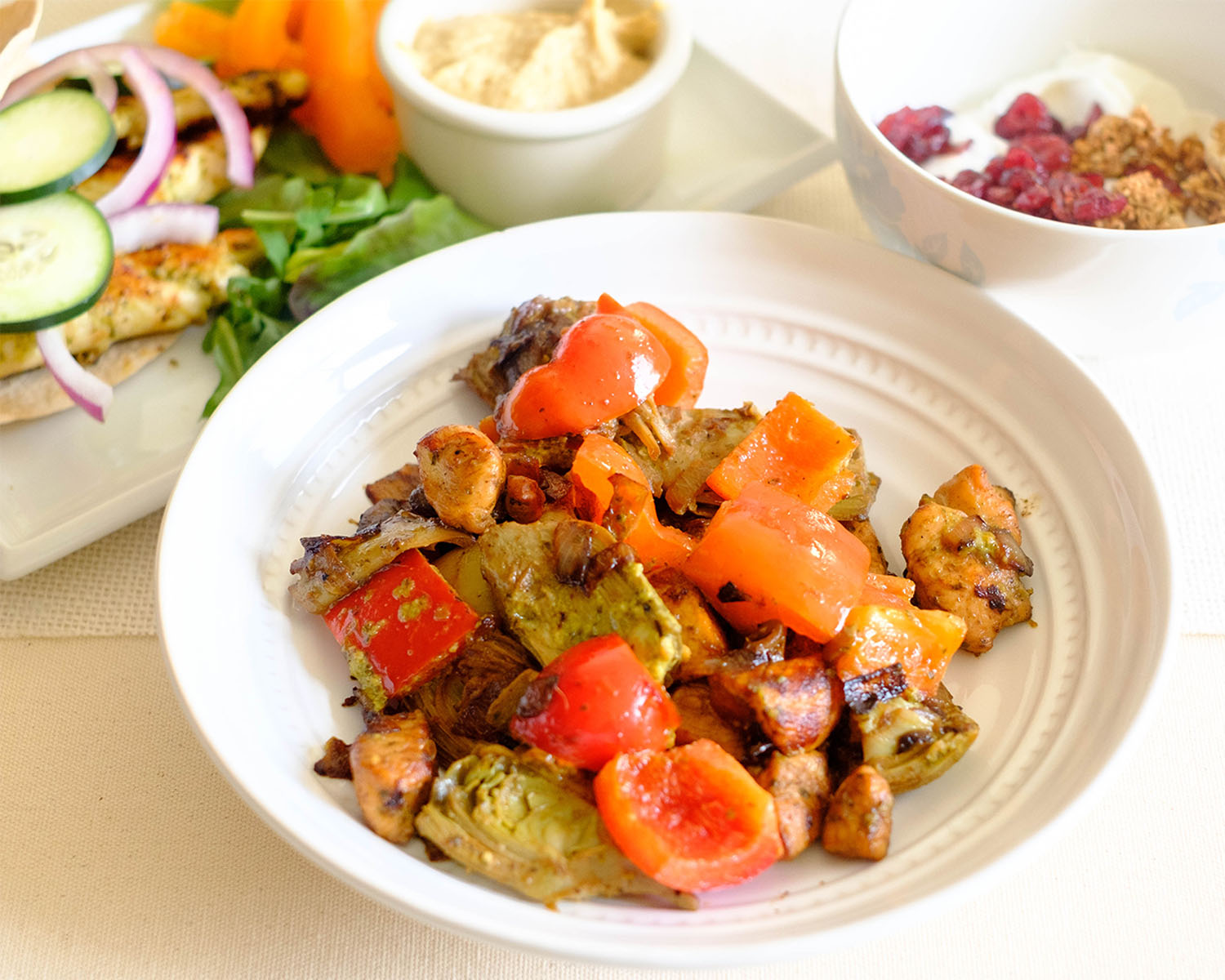
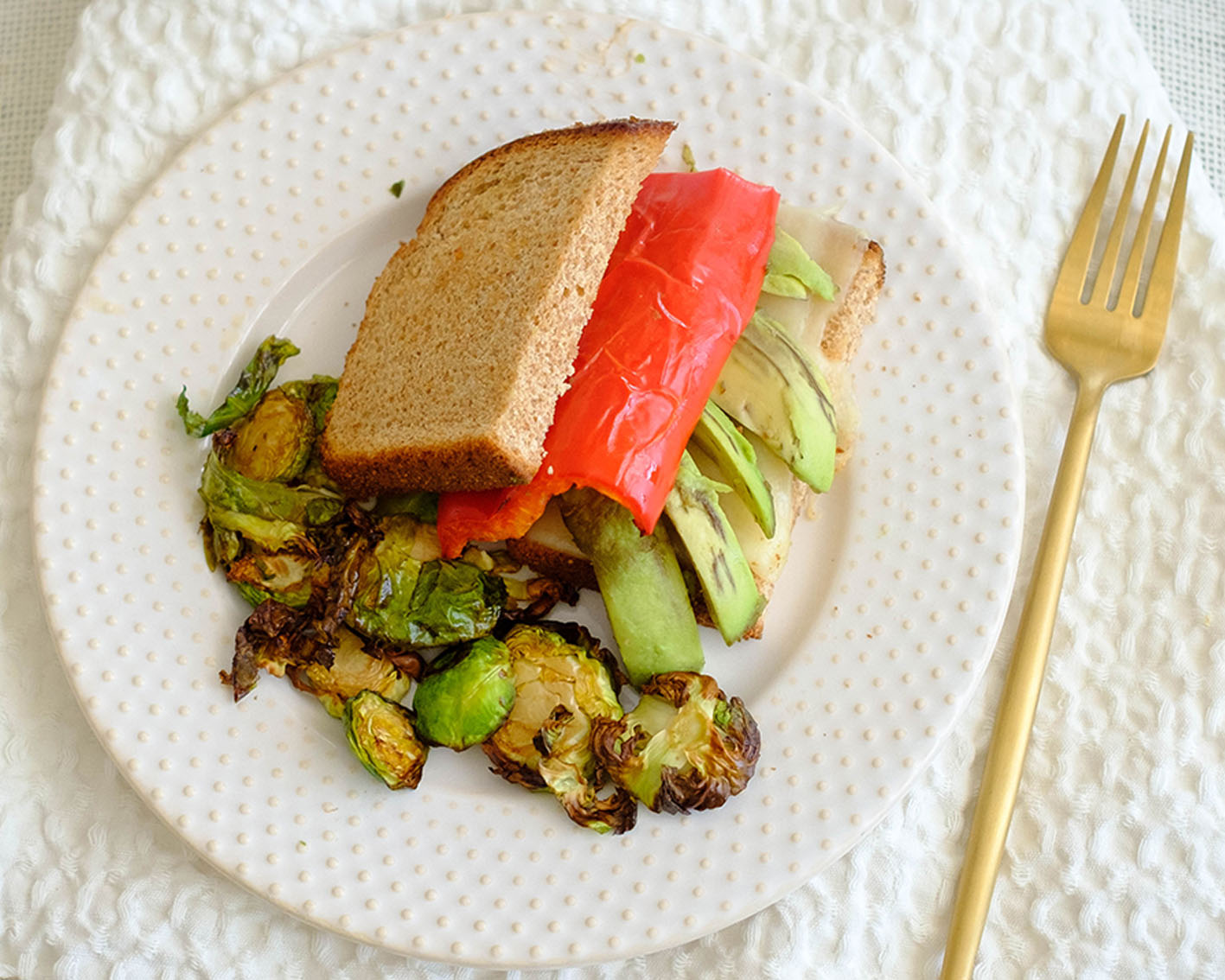
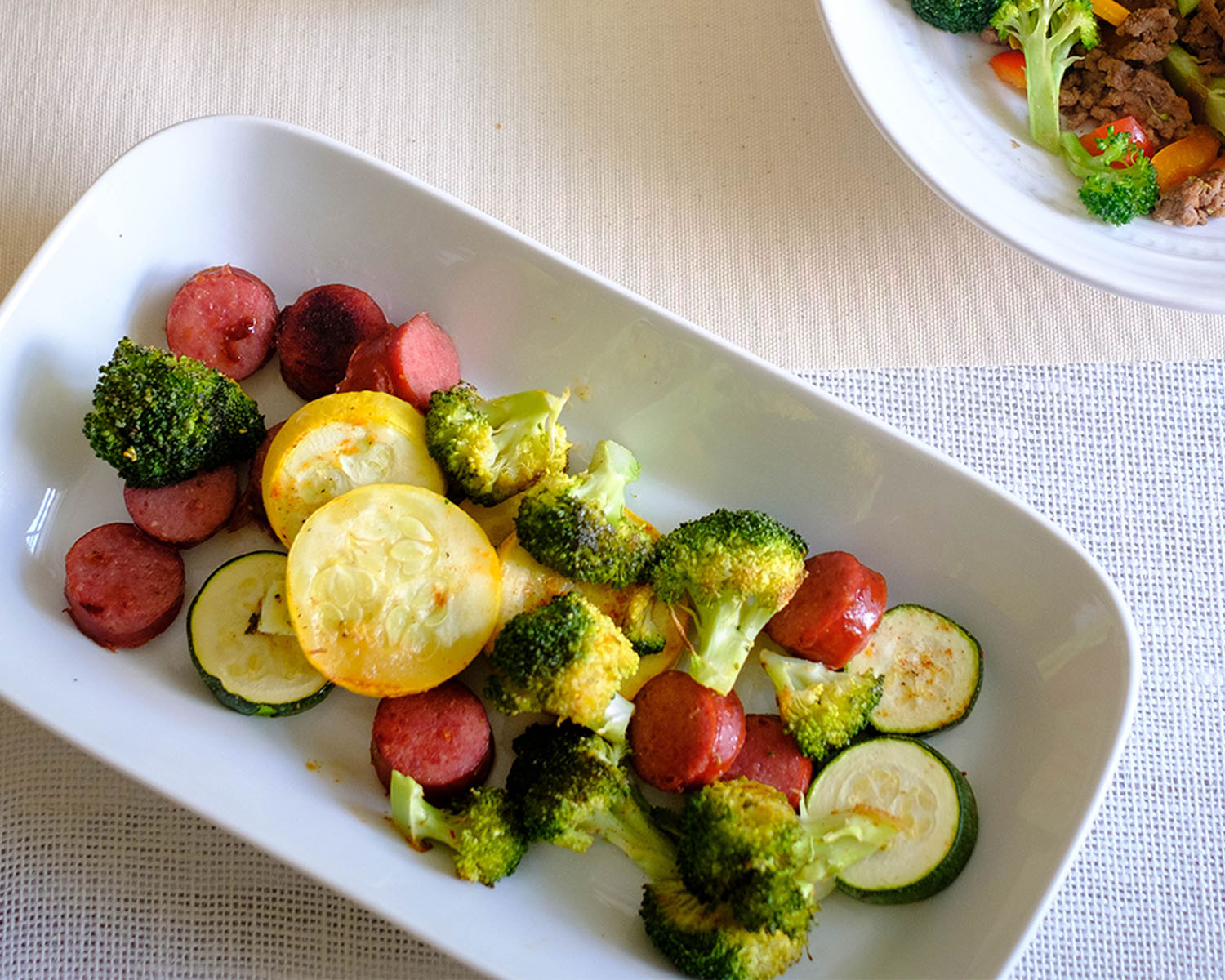








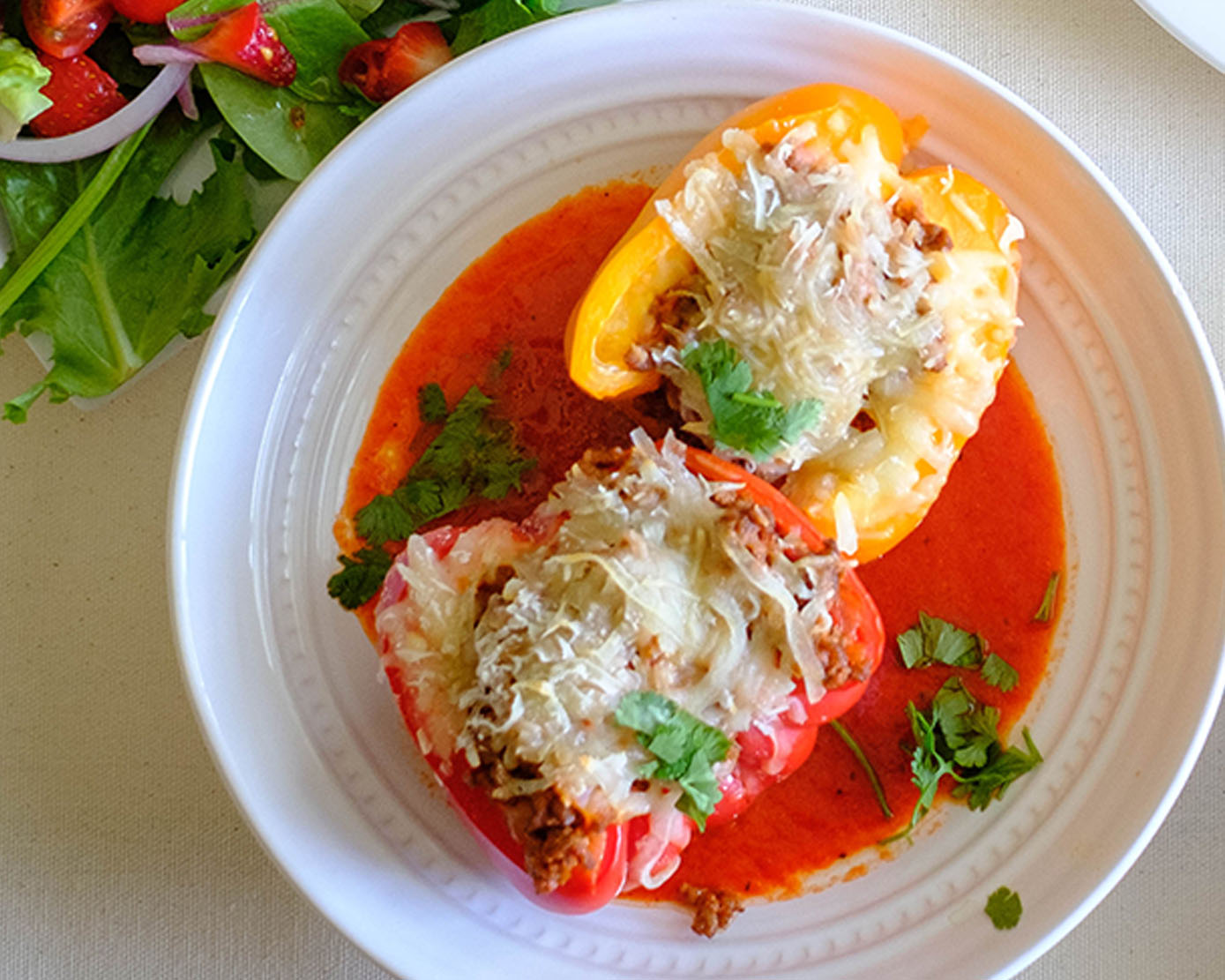
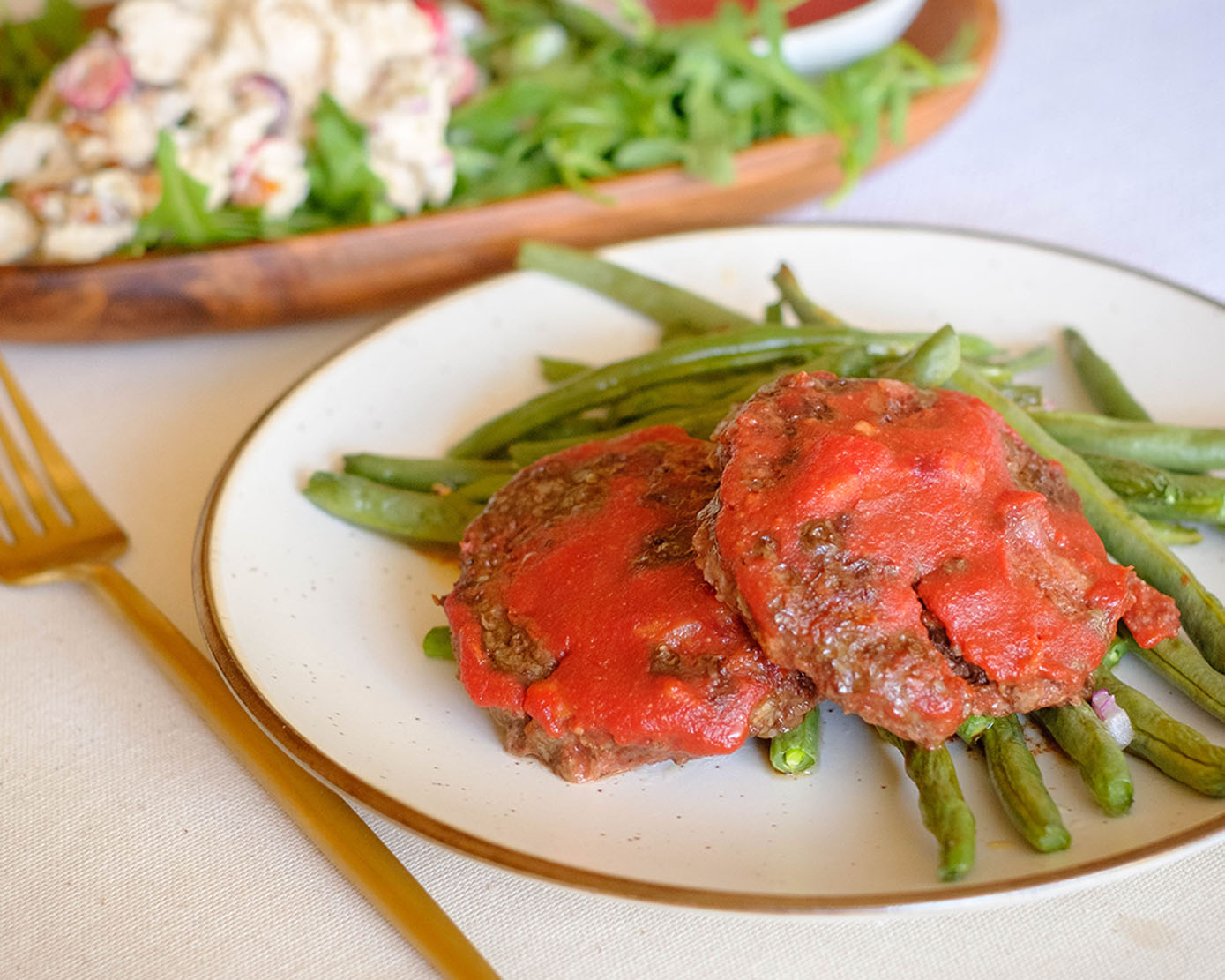










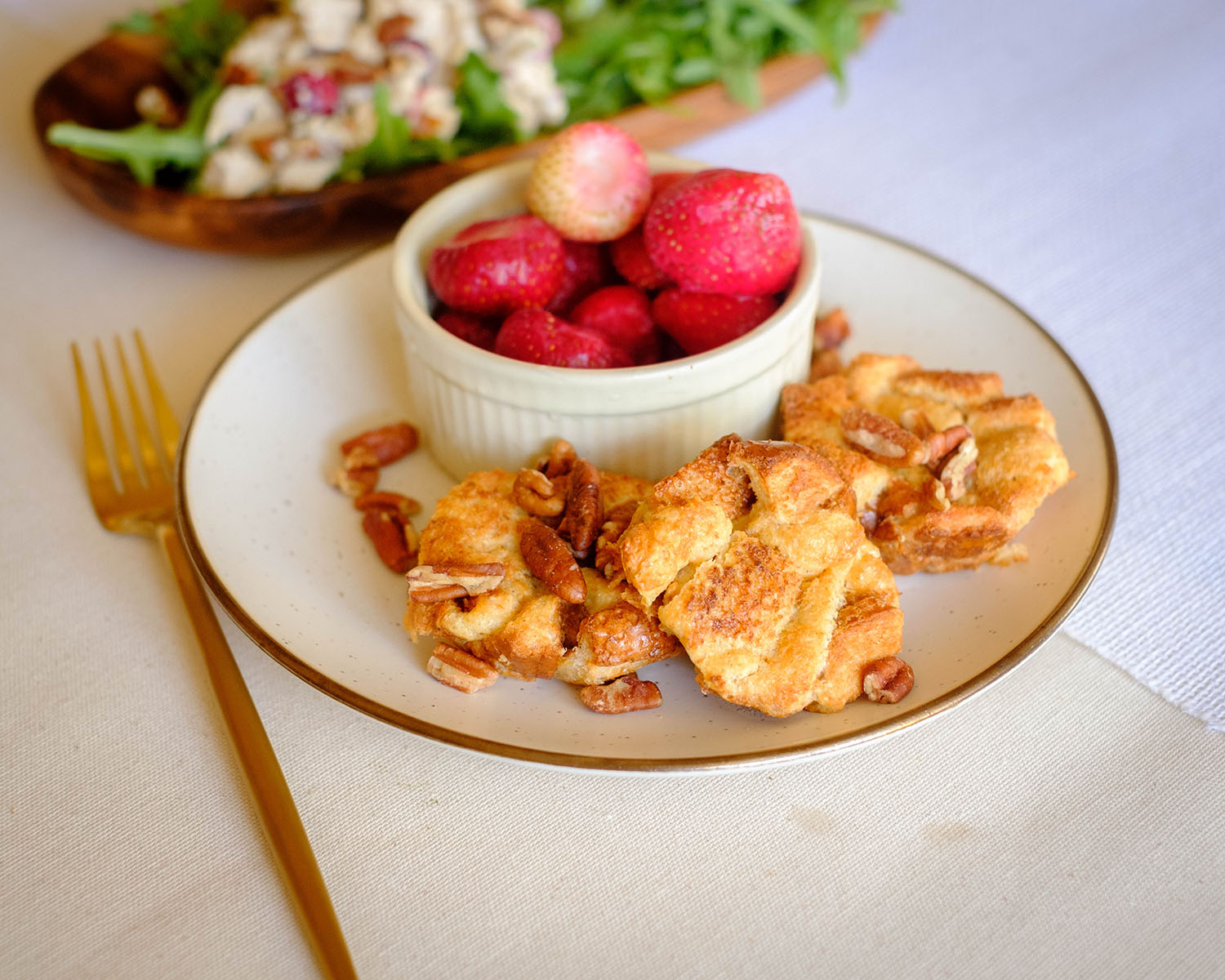

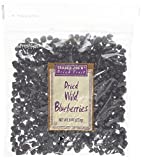







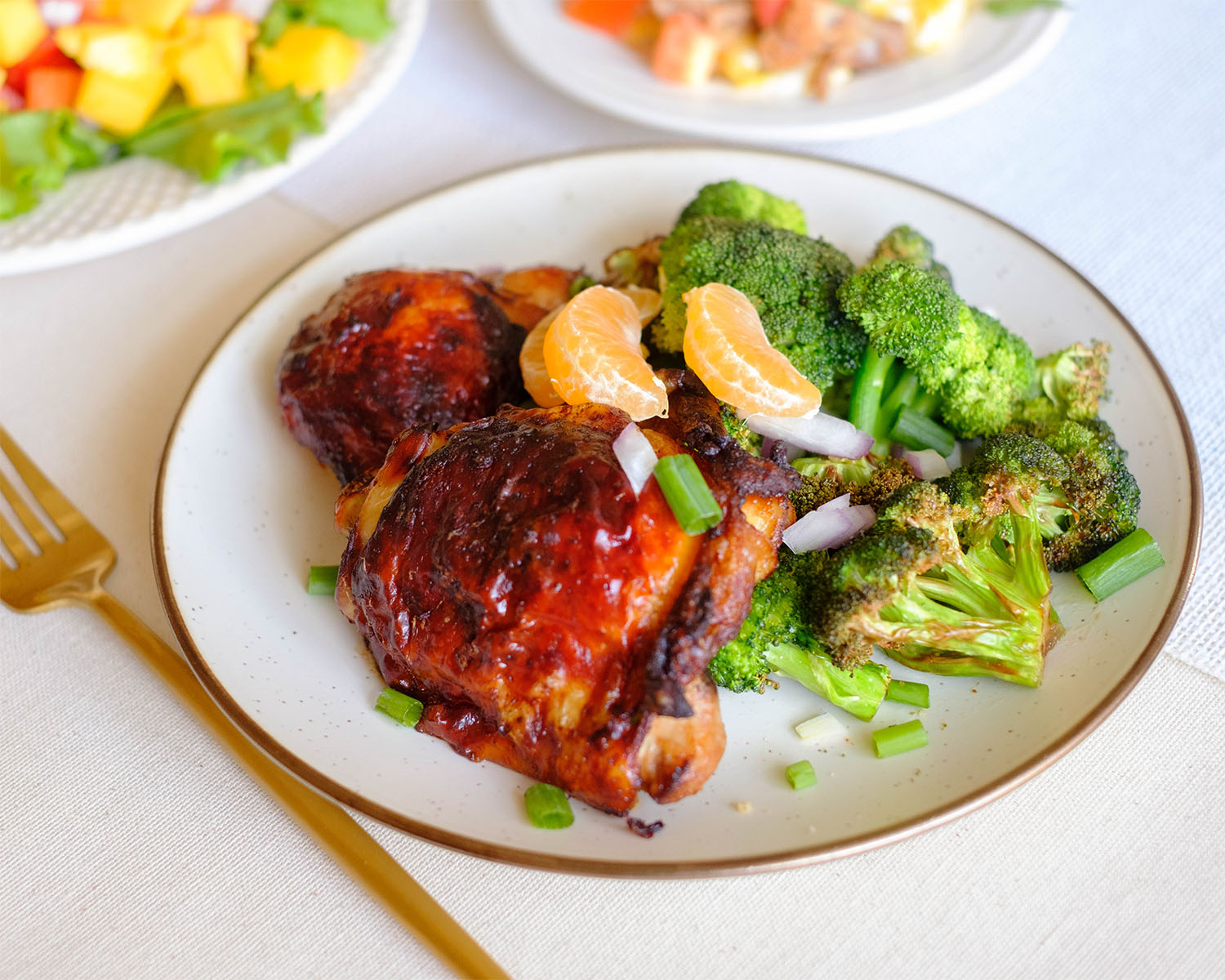

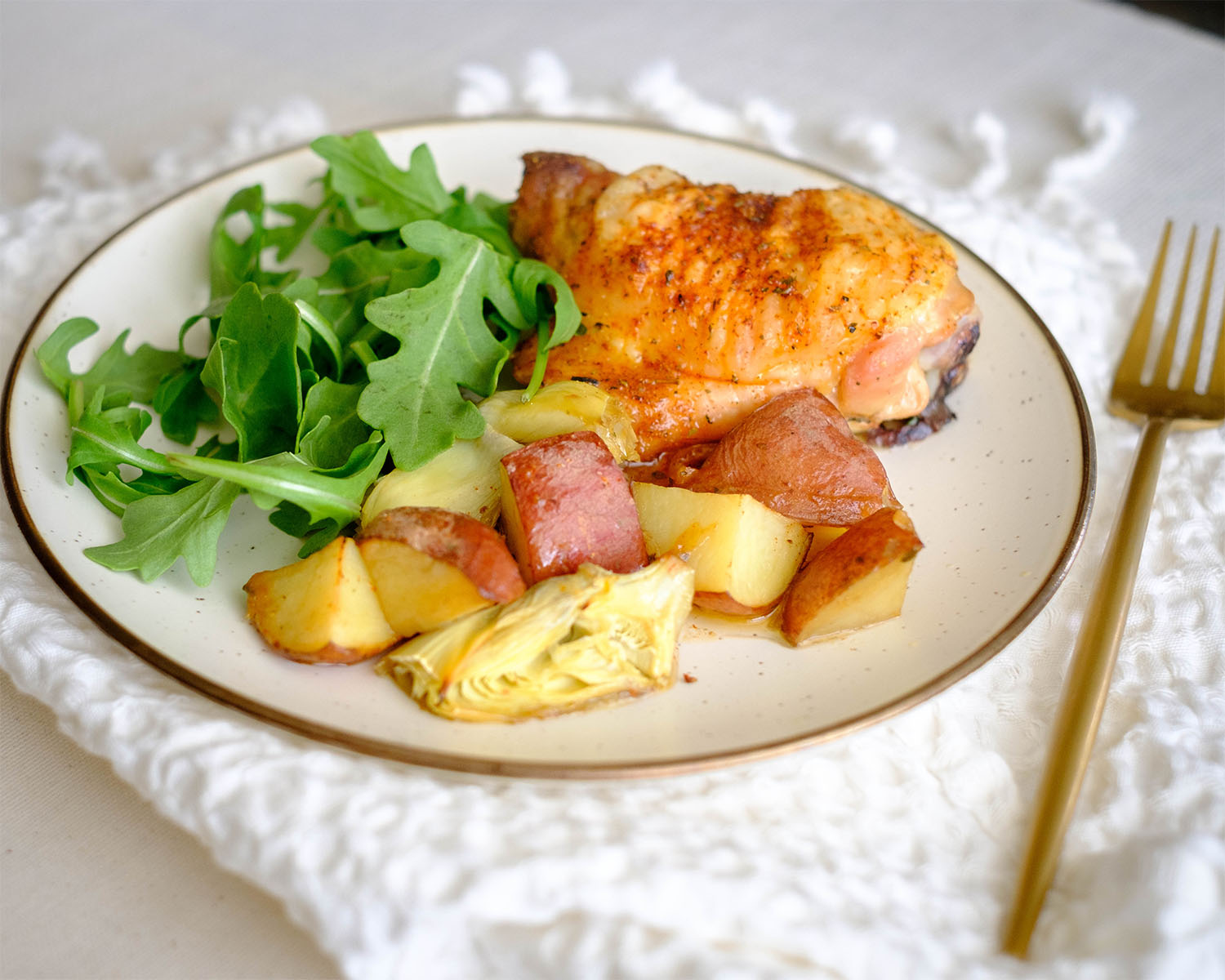







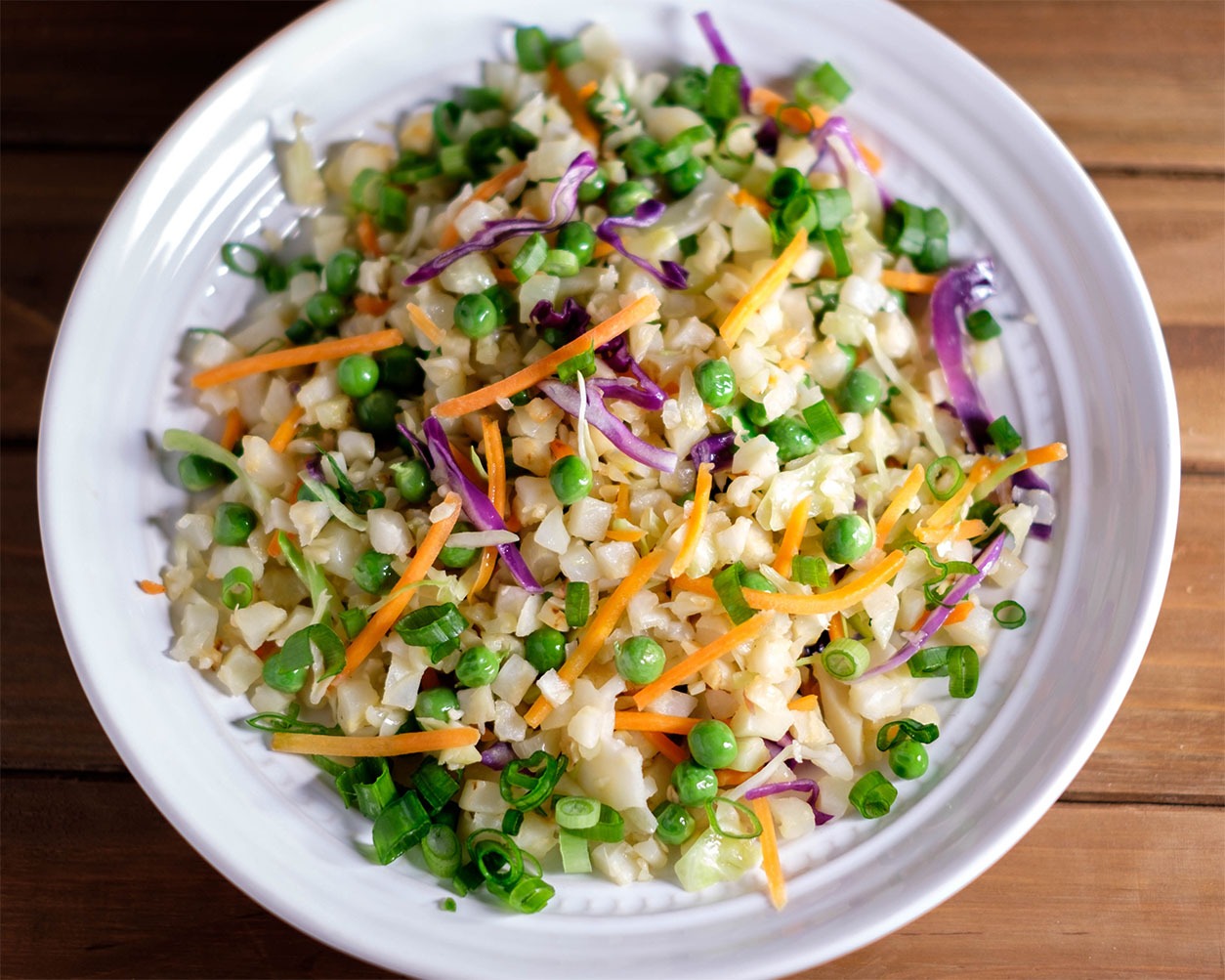
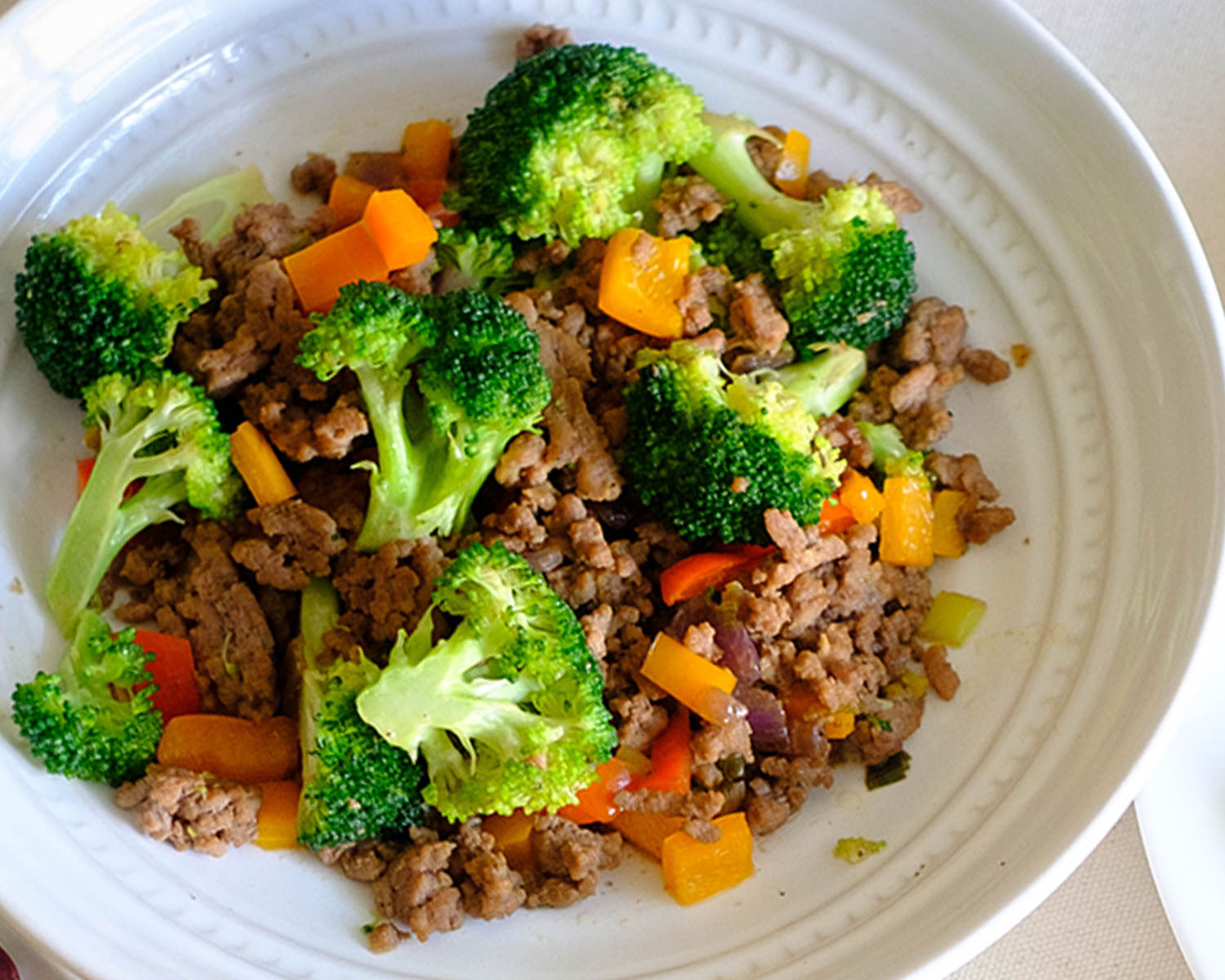
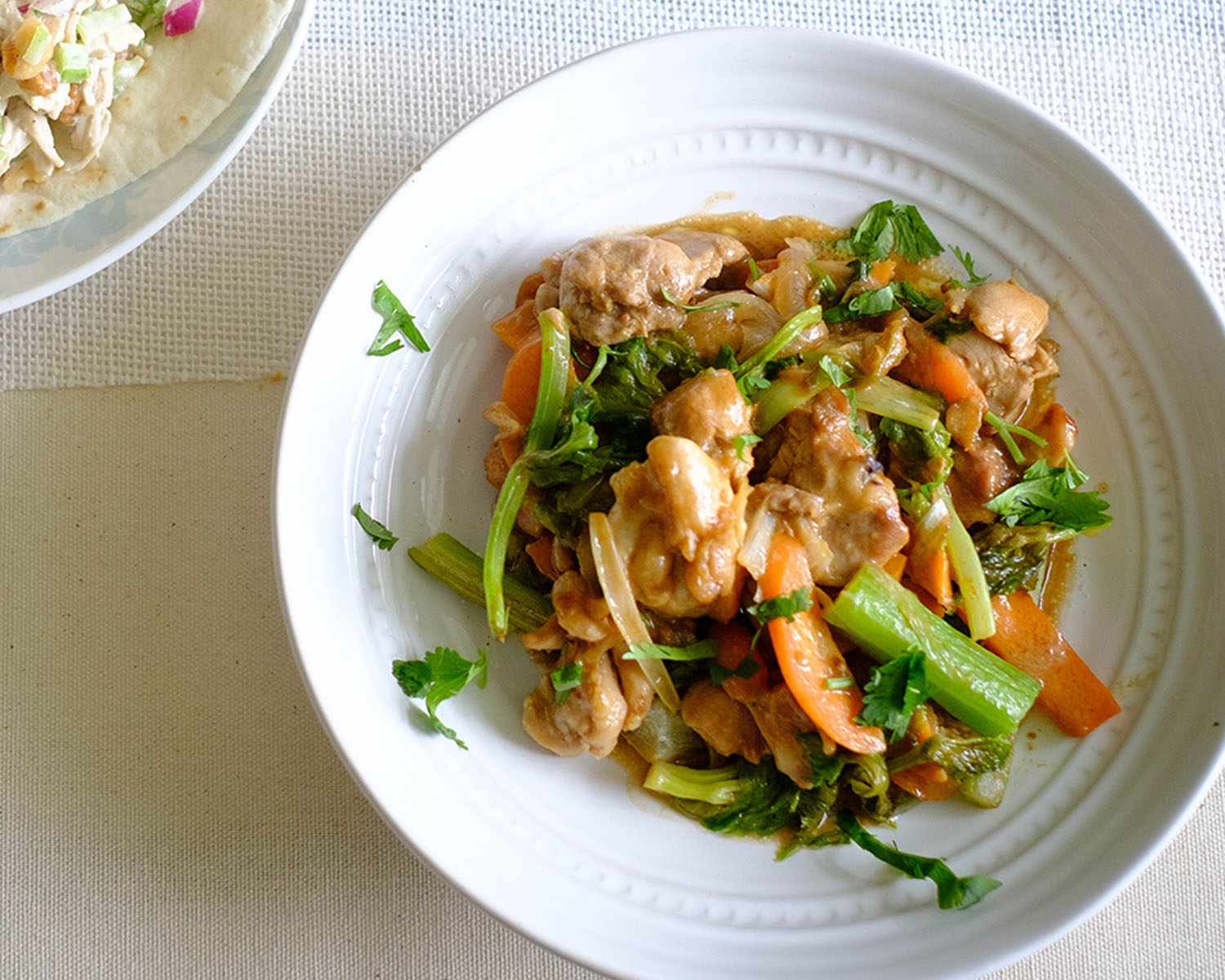














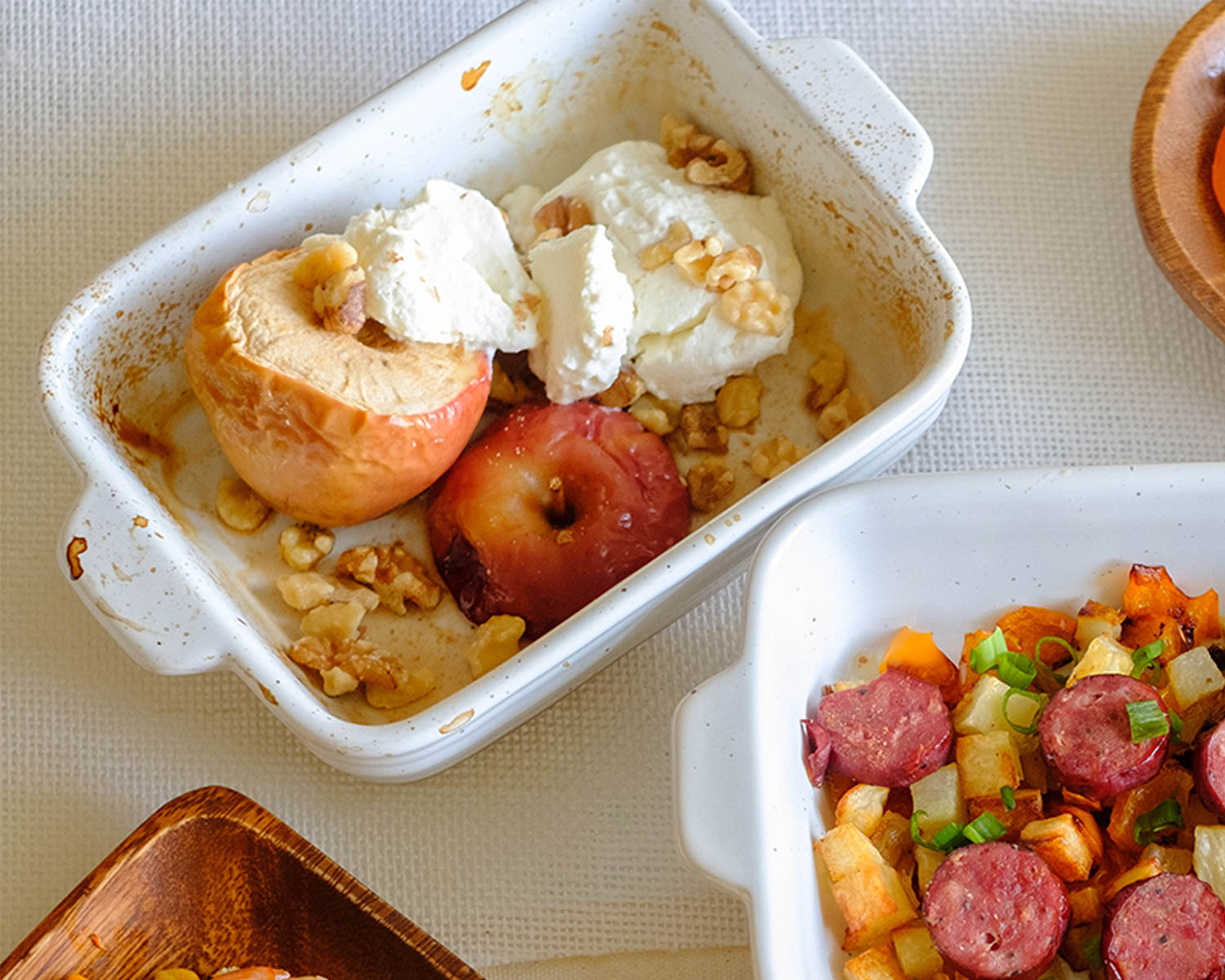














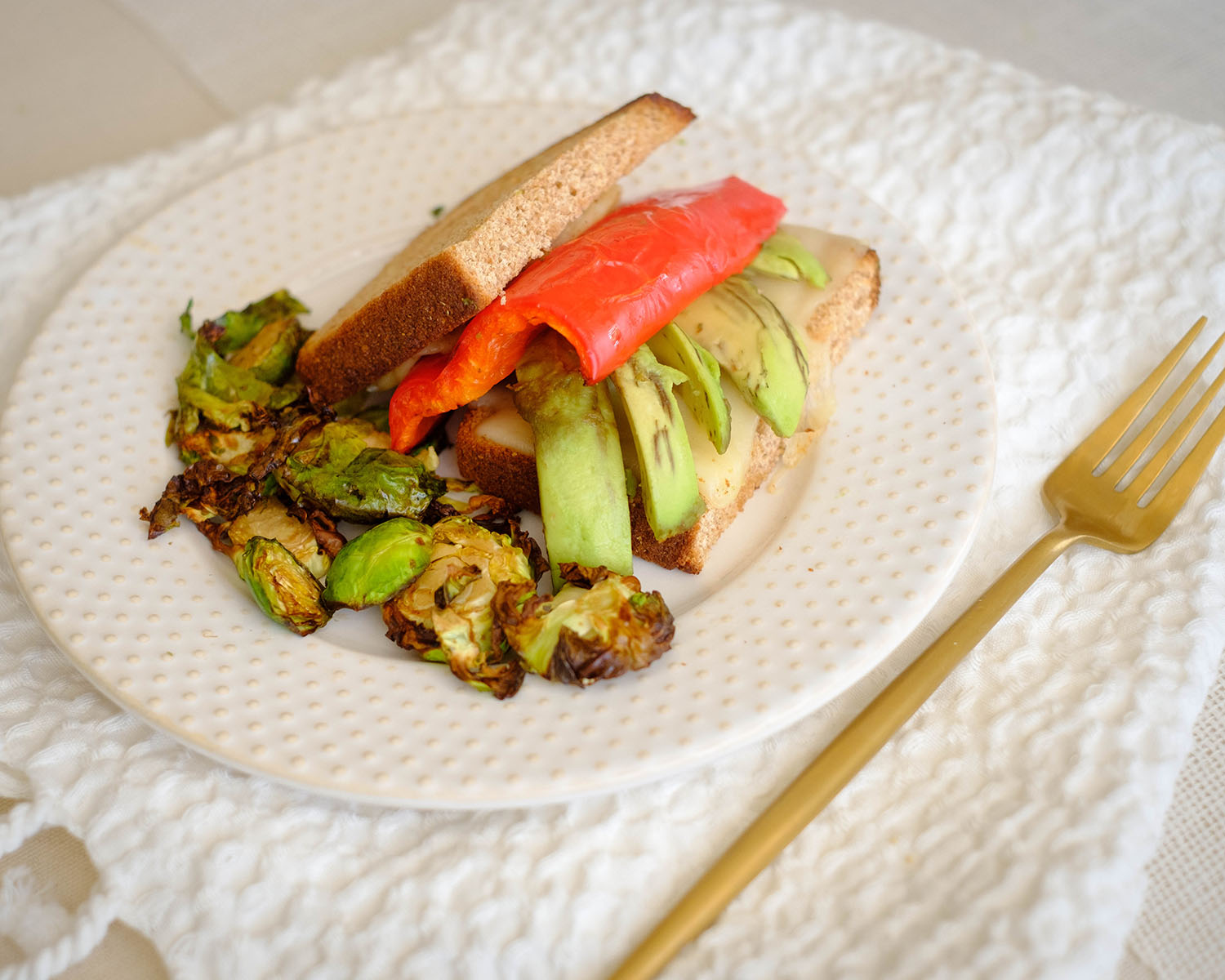
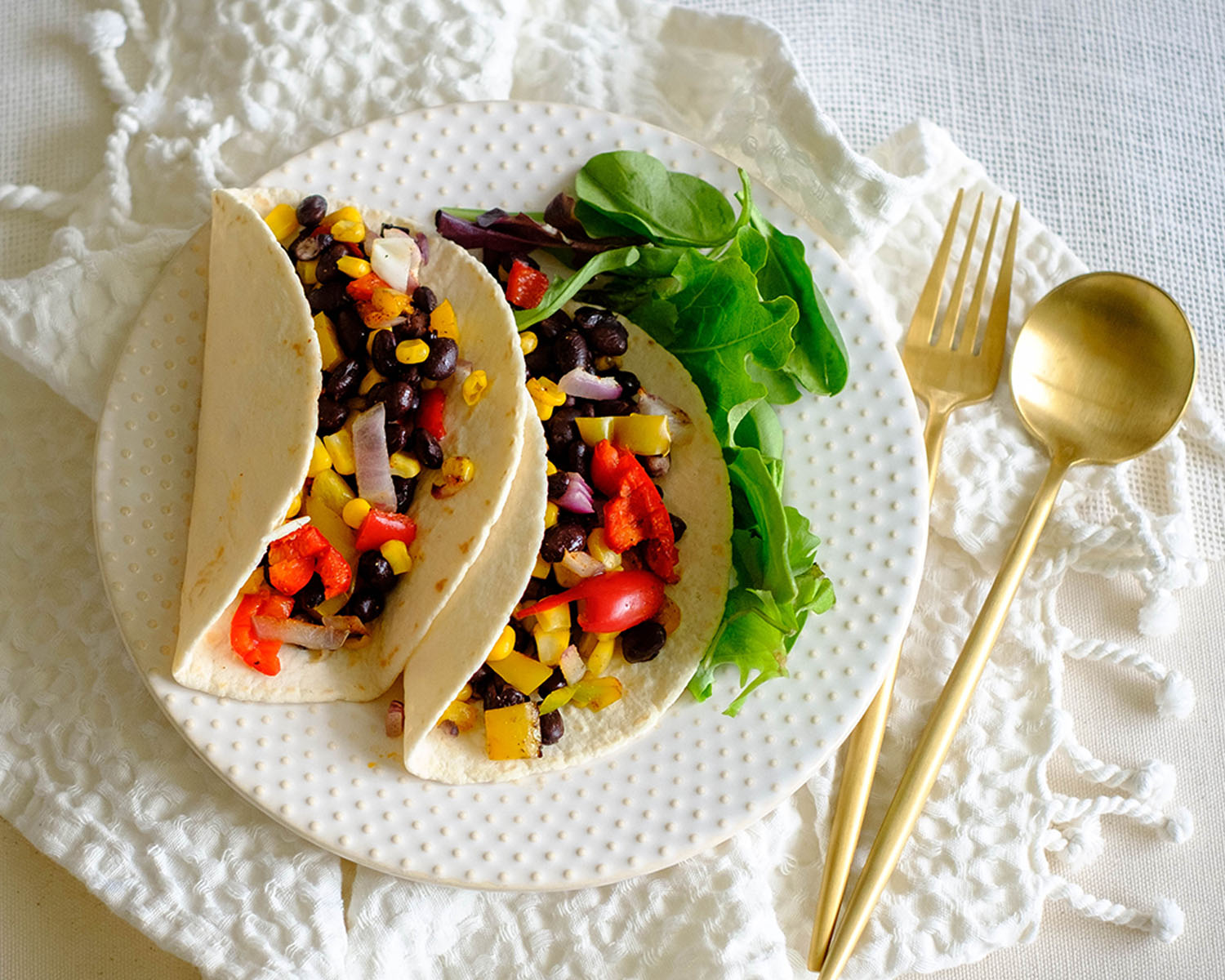
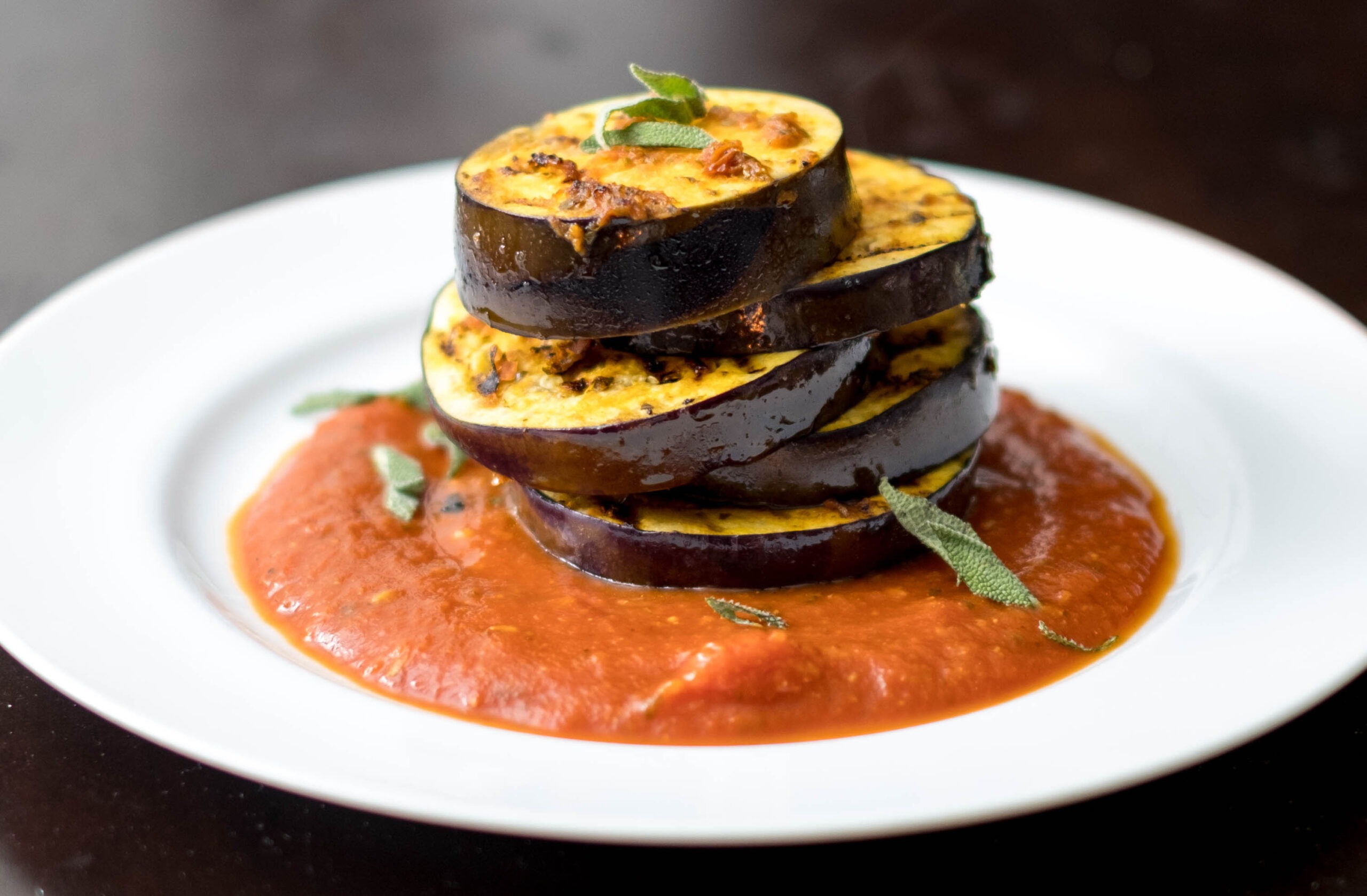









Kimchi Style Sauteed Cabbage
Equipment
Ingredients
Cabbage
Sauce
Instructions
Video
Notes
Nutrition